Fun fact: The 26 letters in English actually make FORTY-TWO different sounds called phonemes! (Experts adjust the list from 42 to 45, but we will stick with 42 phonemes here.)
The letter G, for instance, can say /g/ as in EGG, /j/ like in GYM, /zh/ as in CHALLENGE, or it can fall silent like at the start of GNOME. It’s no wonder brand new readers often find it confusing to keep letters and sounds straight!
To help you tackle all 42 phonemes in English so you can confidently connect those sounds to their spellings for students, we pulled together a batch of handy charts you can print out and slide into your teaching binder for easy reference. Snag your set below and dive feet first into some of the most common letter-sound combinations while you’re at it.
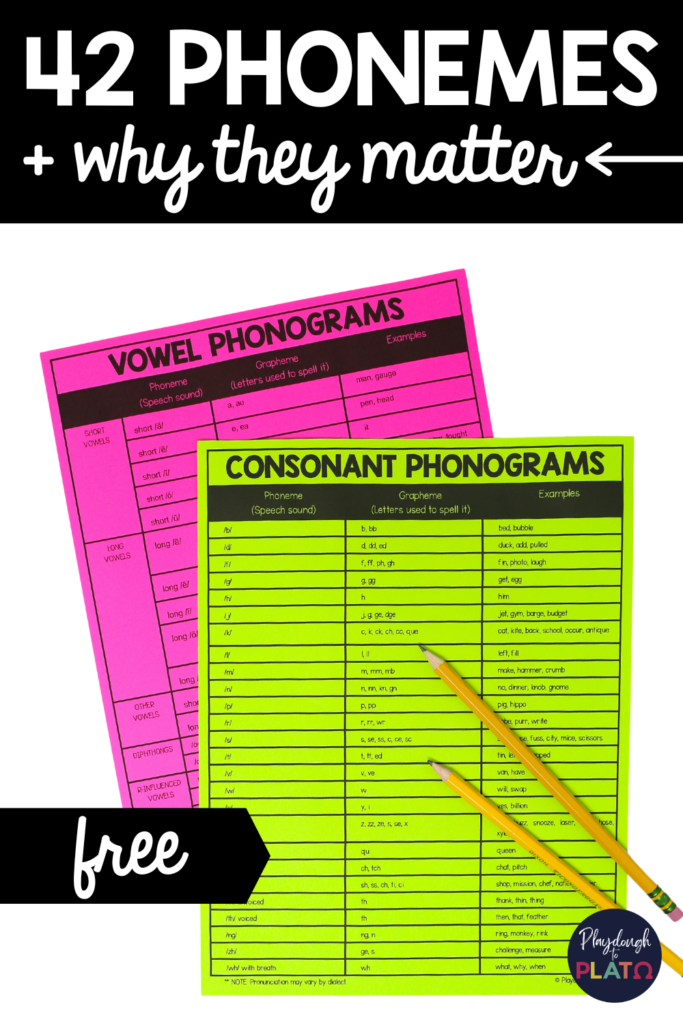
The 42 Phonemes in English
Every word is made up of individual sounds called phonemes. For example, the word CAT has three phonemes: /c/ /a/ /t/ and the word TROLL has four: /t/ /r/ /o/ /l/.
Notice that the word TROLL has five letters but just four phonemes. There are many letter combinations like that double L that make just one sound including TH, SH, AY, and QU to name just a few.
Research has shown over and over again that students’ phonemic awareness skills are critical to their future reading success because they need to be able to correctly match the sounds they hear in words to the letters that are used to spell them. That’s why it is so important that we know about ALL of the letter-sound combinations so we can confidently help kids learn them too.
For instance, did you know that the letter Y can make FOUR different sounds:
- Y says the long I sound in words like WHY, SKY, and MY
- In other words, it says long E as in BABY, CANDY, and BODY
- Y says /y/ at the start of words including YES, YELLOW, and YOU
- And every so often, Y makes the short I sound like in SYSTEM, MYTH, and BICYCLE
Did you know that the single letter S only says /s/ 40% of the time and it says /z/ the rest?
And the letter P usually says /P/ but when it’s written next to an H, the sound changes to /F/…
It’s enough to make our fluent reader brains spin so imagine how our brand new readers must feel!
Grab Your Phonogram Charts
To help you keep everything straight so you can make it easier for students to connect all of the letter-sound dots, we pulled together a batch of sanity saving phonogram charts that break it all down for you in one go-to spot. PHON means “sound” in Greek and GRAM means “letter” so these charts connect the sounds to the letters we use to spell them.
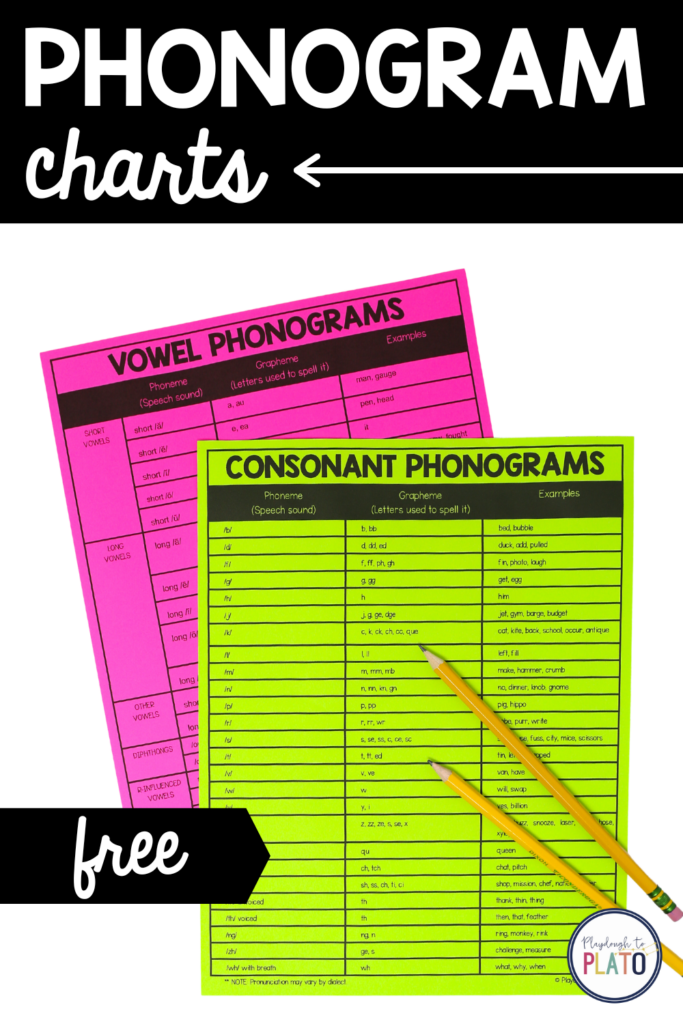
Click the big blue “download here” button below to print your copy of the phonogram charts and then slide them into your reading binder so you can pull them out whenever you need to see the different ways to spell each sound.
And if you’d like help teaching all of these phonogram pairs, hop over and grab all of our phonics tools in our membership vault or on Teachers Pay Teachers!


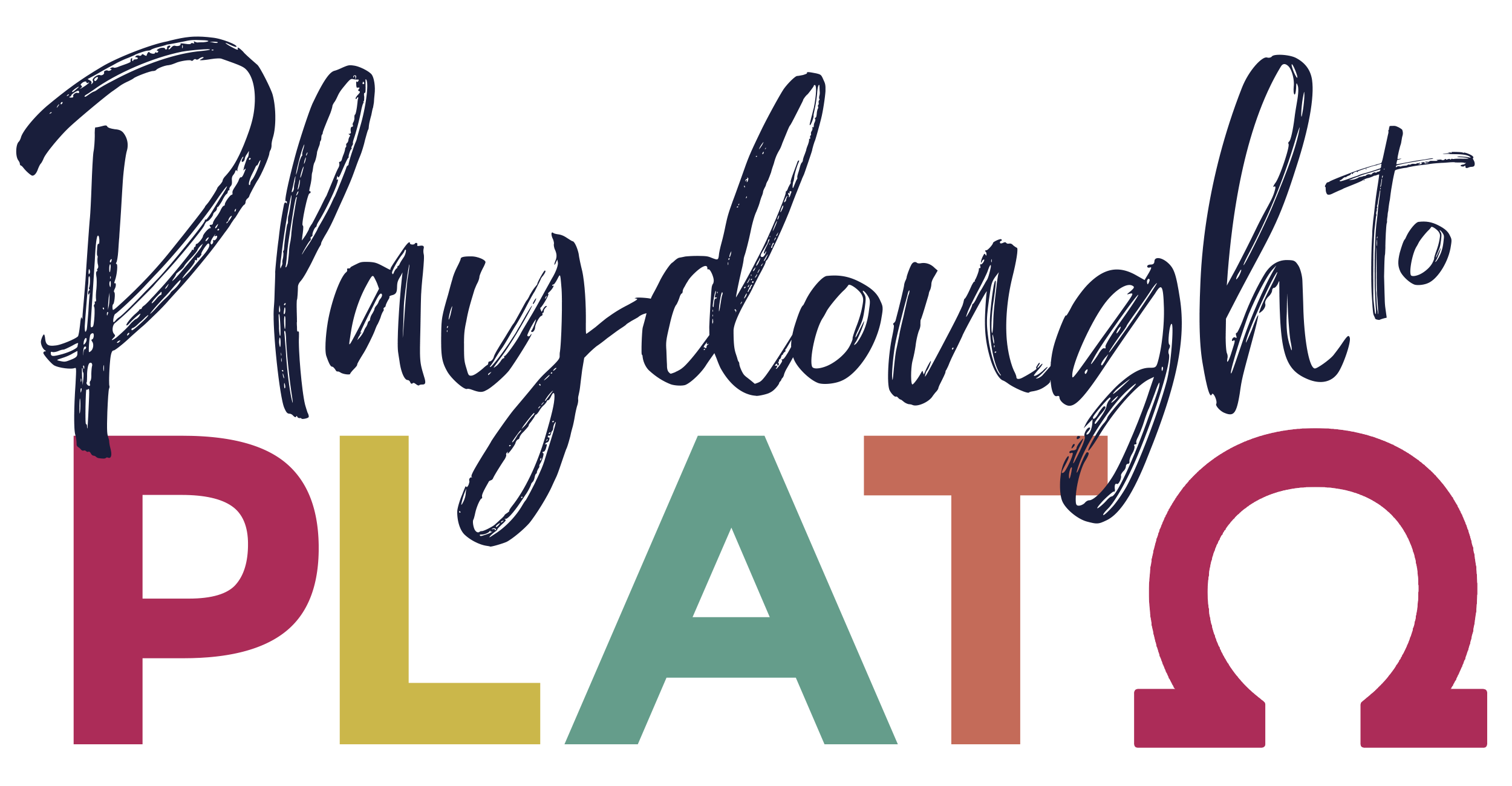

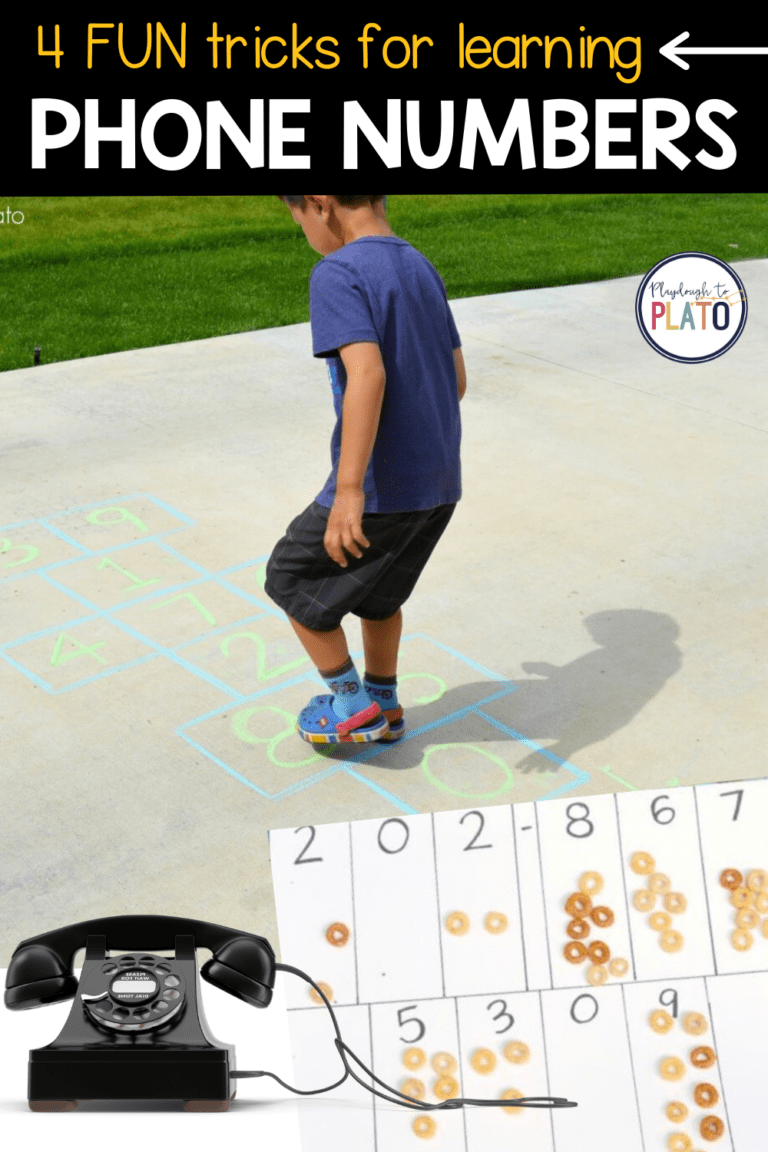
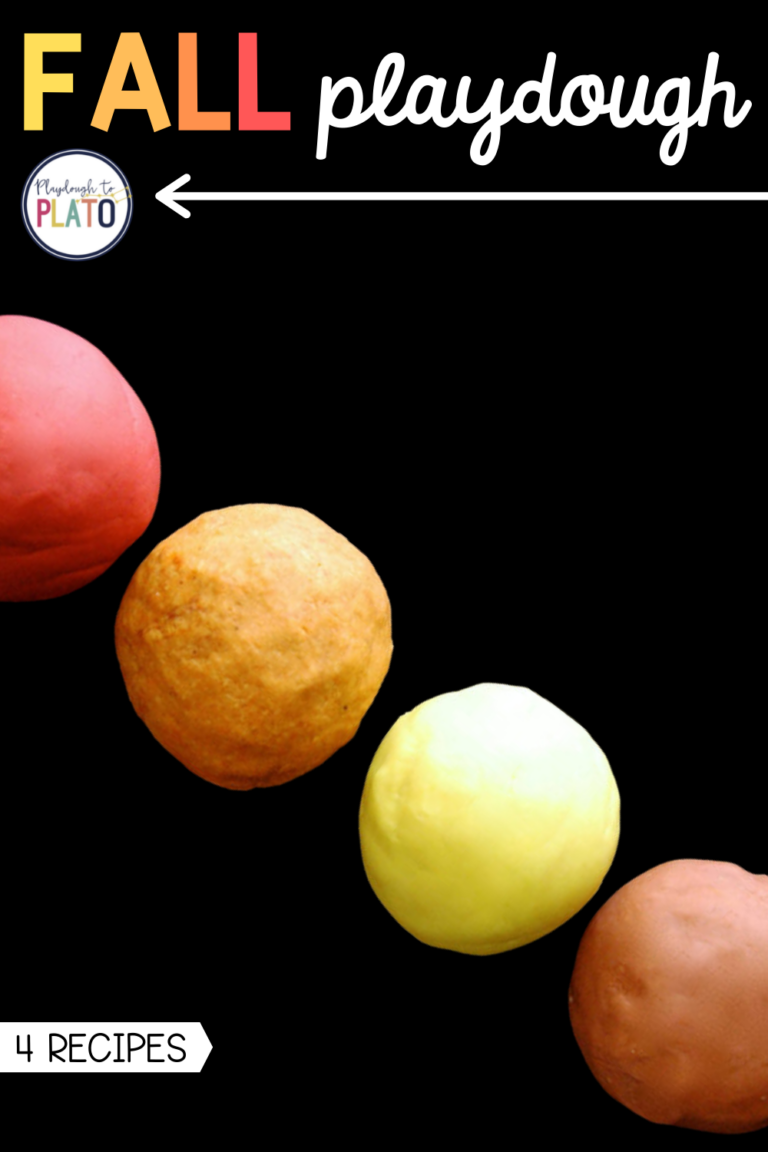
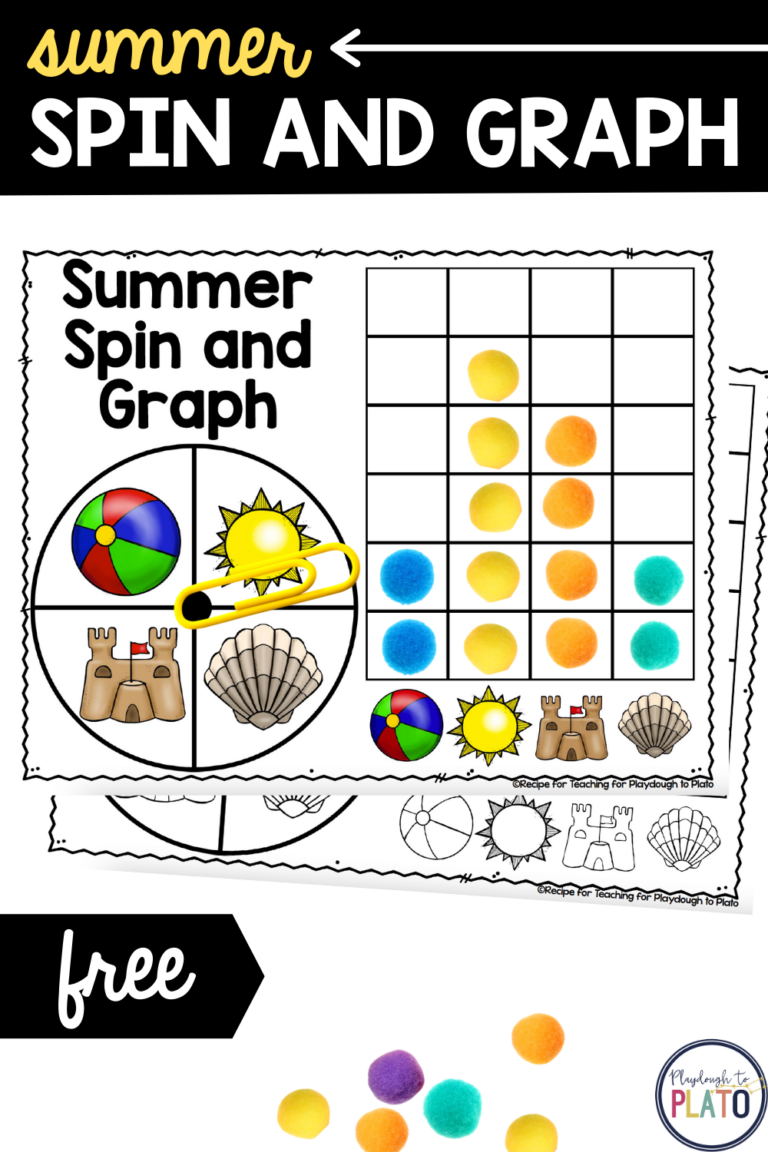
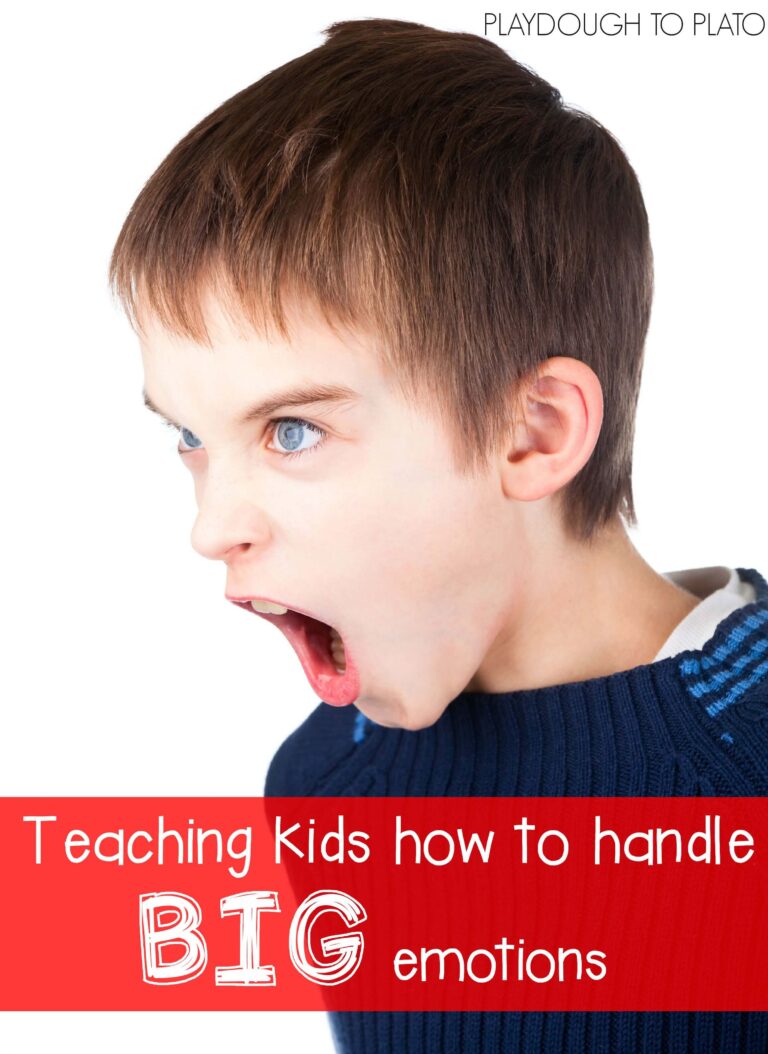
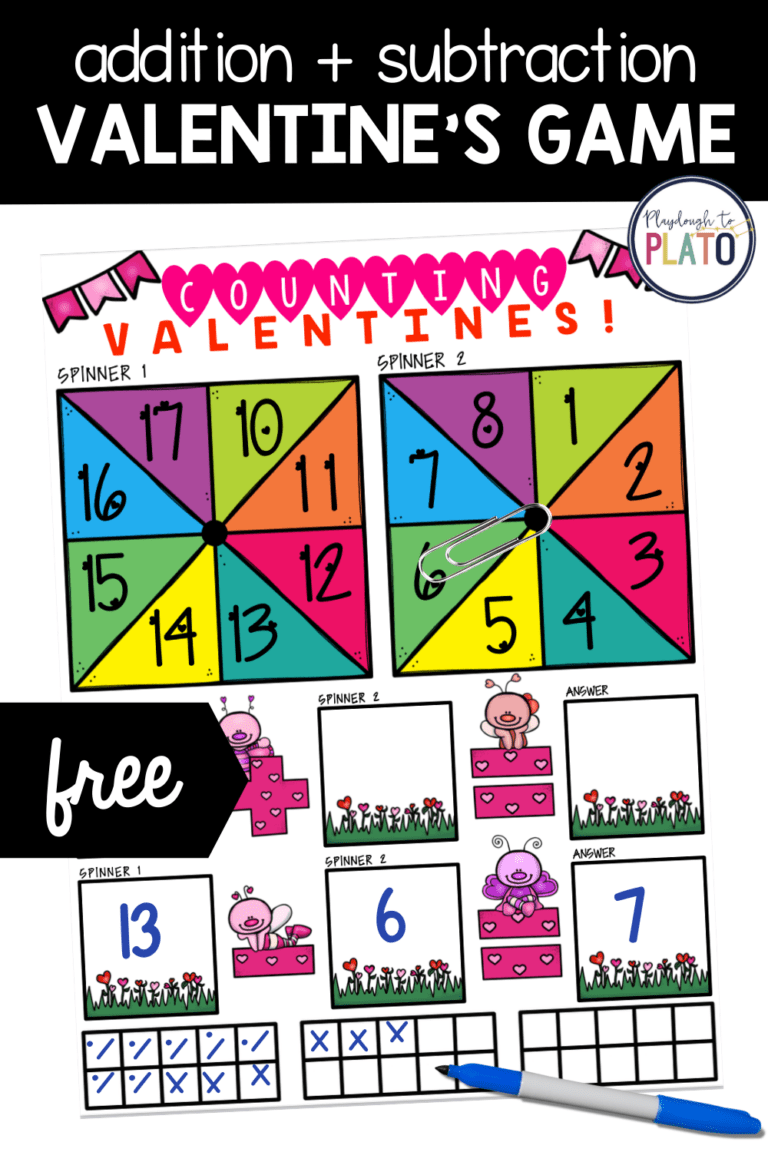
This is a great tool to keep on hand in my phonics binder!
We’re SO glad the charts will be helpful for you, Angela!
Sarah // Playdough to Plato Team
This is a wonderful resource. Thank you for creating and sharing it for free.
Suggestion: Would you consider adding the -ough spelling for the sound /oo/ as in through? Maybe under the other spelling section next to the example of room.
Hi Funda!
We’re thrilled you like the phonogram charts! Thank you for your suggestion! Since through is the only instance where -ough makes the /oo/ sound, we are going to leave it off the chart.
Warmly,
Sarah // Playdough to Plato Team
Hello,
I am unable to download the charts. Has this expired 🙁 I hope not.
Thanks,
Stacy
Hi Stacy!
When you click the blue “Download Here” button, a pop-up should open. You can try checking to make sure your browser isn’t blocking pop-ups from the site or try using a different browser. If you happen to be attempting the download at school, your district’s web filter may be blocking the pop-up. Let me know if you’re not able to get the charts!
Warmly,
Sarah // Playdough to Plato Team